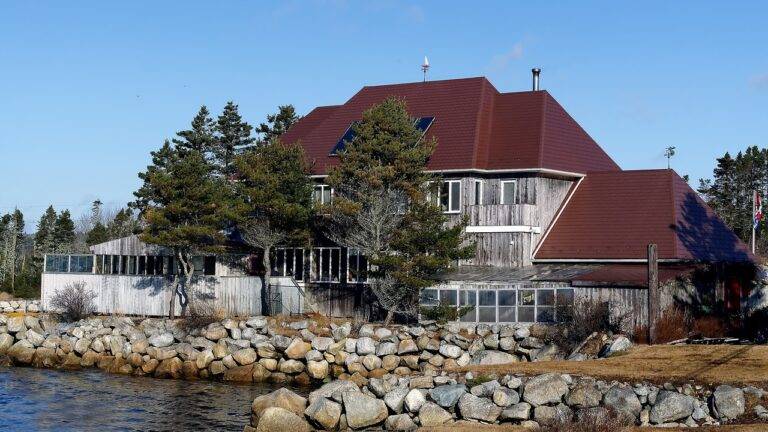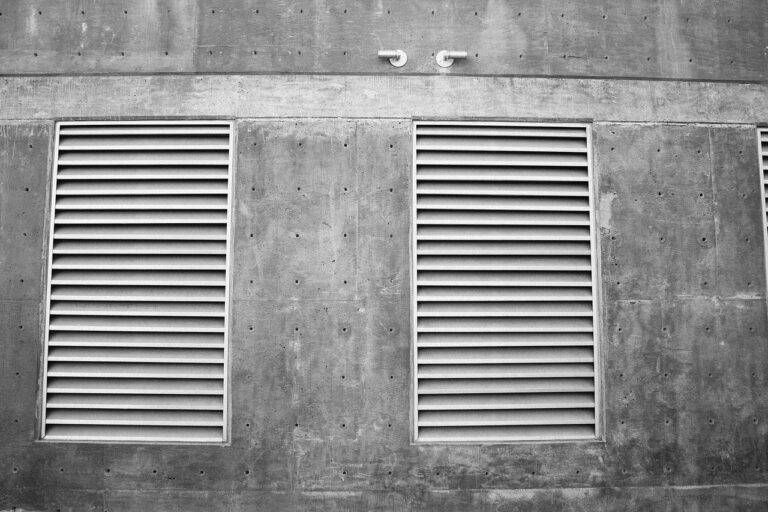Tips for Designing a Home That Supports Environmental Activism
Building a sustainable foundation is essential for the longevity and environmental impact of any project. By considering eco-friendly practices from the start, we can minimize the carbon footprint and ensure the durability of the structure. Using renewable energy sources and incorporating green building techniques are key steps in creating a foundation that aligns with sustainable goals.
Furthermore, choosing materials that are both environmentally friendly and energy-efficient is crucial in establishing a sustainable foundation. Opting for recycled or locally sourced materials can reduce the need for excessive transportation and minimize waste. Additionally, selecting materials with low toxicity levels can contribute to a healthier indoor environment for occupants. By prioritizing sustainable practices in the foundation construction phase, we can pave the way for a greener and more resilient future.
Choose Eco-Friendly Materials
When selecting materials for a project, opt for options that have minimal environmental impact. Look for products that are made from renewable resources or those that can be easily recycled. Consider using materials that have been locally sourced to reduce the carbon footprint associated with transportation.
Additionally, prioritize materials that are non-toxic and free from harmful chemicals. This not only benefits the environment but also promotes a healthier indoor air quality for the occupants of the space. Choose products that have been certified by reputable sustainability organizations to ensure that they meet eco-friendly standards.
Why should I choose eco-friendly materials for my project?
Choosing eco-friendly materials helps reduce environmental impact, conserves natural resources, and supports sustainable practices.
What are some examples of eco-friendly materials?
Some examples of eco-friendly materials include bamboo, recycled glass, reclaimed wood, cork, and organic cotton.
How can I ensure that the materials I choose are truly eco-friendly?
Look for certifications such as FSC (Forest Stewardship Council) for wood products, Energy Star for appliances, and Cradle to Cradle for overall sustainability.
Will choosing eco-friendly materials be more expensive?
While some eco-friendly materials may have a higher upfront cost, they often have long-term savings in terms of energy efficiency and durability.
Are there any benefits to using eco-friendly materials beyond sustainability?
Yes, eco-friendly materials are often non-toxic, healthier for indoor air quality, and can contribute to a more aesthetically pleasing and unique design.





